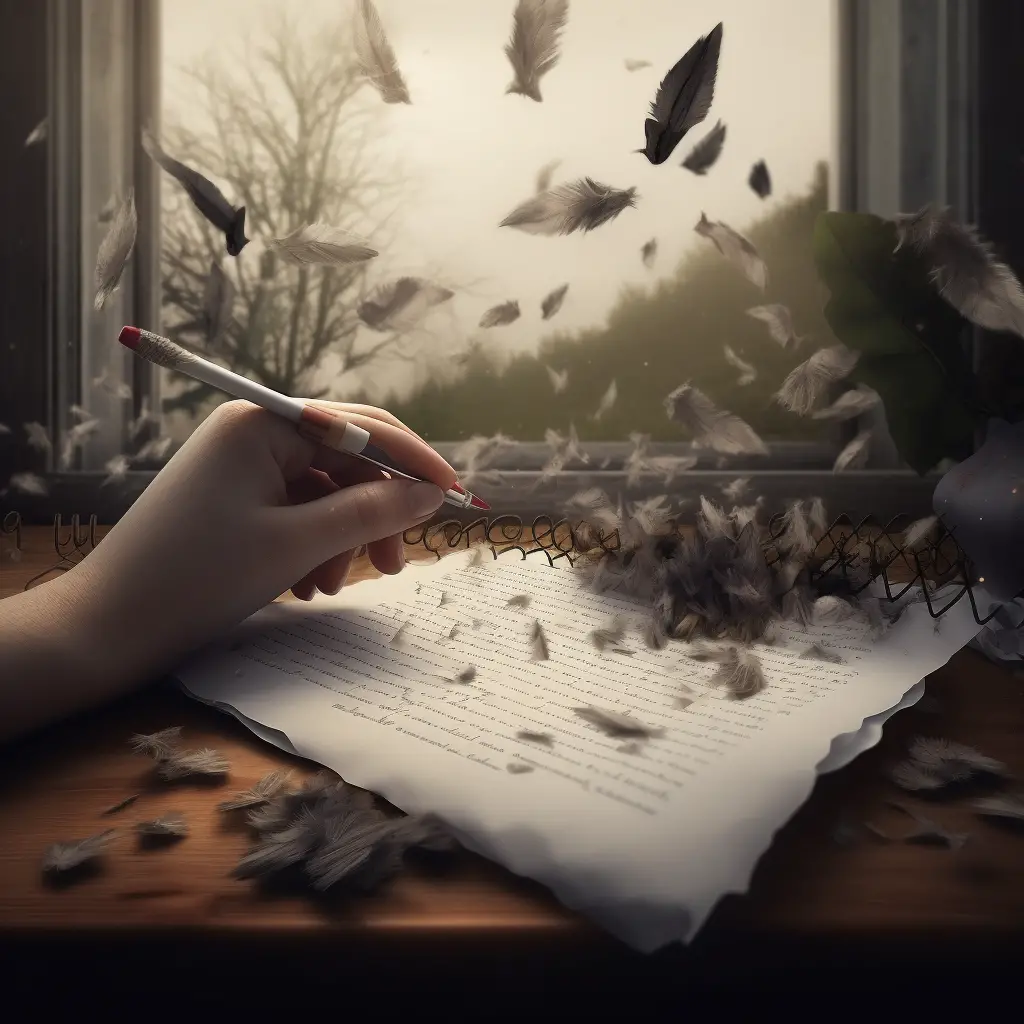
In media res is a writing style where the story starts off in the middle of the action. It’s like when you’re watching a movie and all of a sudden you’re like, “Wait, how did I get here?” That’s in media res.
Some famous movies that use this style are The Matrix and The Usual Suspects.
What Does “In Media Res” Mean?
“In media res” is a Latin phrase that translates to “in the midst of things.” Essentially, it means that a story begins smack dab in the middle of the action, rather than starting with a traditional buildup. It’s like jumping on a moving train and trying to figure out the destination while hanging on for dear life.
Advantages of Using In Media Res
Grabs Attention Quickly
In a world with countless distractions, capturing the reader’s attention right away is essential. By starting in the heat of the action, readers are more likely to stick around and discover what happens next.
Creates Suspense and Intrigue
Imagine biting into a sandwich and tasting something unexpected. You’d be curious, right? That’s what in media res does for a story. It piques the reader’s curiosity by providing them with a mystery to solve or questions to answer.
Saves Time
By skipping the slow buildup, in media res can help writers get to the heart of the story quicker. It can be especially useful for short stories or when working with tight word counts.
How to Craft a Story Using In Media Res
1. Start with a Bang
Choose a thrilling, high-stakes moment in the story and plop the reader right in the middle of it. This could be a heated argument, a daring escape, or even a life-or-death situation. Make sure it’s engaging and leaves readers wanting more.
2. Provide Context Through Flashbacks or Dialogue
Once the action has been established, it’s time to fill in the gaps. This can be done through flashbacks, dialogue, or even the character’s inner thoughts. The key is to provide just enough information to keep the reader engaged without overwhelming them with too much backstory all at once.
3. Pace the Reveals
Unravel the story’s background and context gradually throughout the narrative. This helps maintain suspense and keeps the reader engaged. Be cautious, though; revealing too little can be just as frustrating as revealing too much.
In Media Res Examples
Example 1: The Matrix
The Matrix opens with Trinity, a mysterious character, being pursued by agents. The audience is immediately drawn into the high-stakes chase scene, wondering who these characters are and why they’re being chased. As the story unfolds, the audience learns more about the Matrix, the agents, and the characters’ roles within the story.
Example 2: The Usual Suspects
The Usual Suspects starts with a violent explosion on a boat, followed by a sole survivor, Verbal Kint, who is brought in for questioning. Through his interrogation, the audience learns about the events leading up to the explosion and the mysterious criminal mastermind, Keyser Söze. The story’s suspense is maintained by starting in media res and gradually revealing the backstory.
Example 3: The Odyssey
An ancient example of in media res, Homer’s The Odyssey begins in the middle of Odysseus’s journey home from the Trojan War. The epic poem starts with the hero’s son, Telemachus, searching for news of his father. Throughout the story, readers learn about Odysseus’s adventures through flashbacks, building suspense and intrigue as the narrative unfolds.
Conclusion
In media res is a powerful writing technique that can help capture a reader’s attention, create suspense, and quickly immerse them in the story. By starting in the middle of the action, writers can provide an engaging experience for their audience while gradually revealing important context and backstory. With practice and proper pacing, in media res can elevate a story to new heights, making it an unforgettable read.
If you’re thirsty for more writing knowledge, head over here to learn all 74 literary devices.





